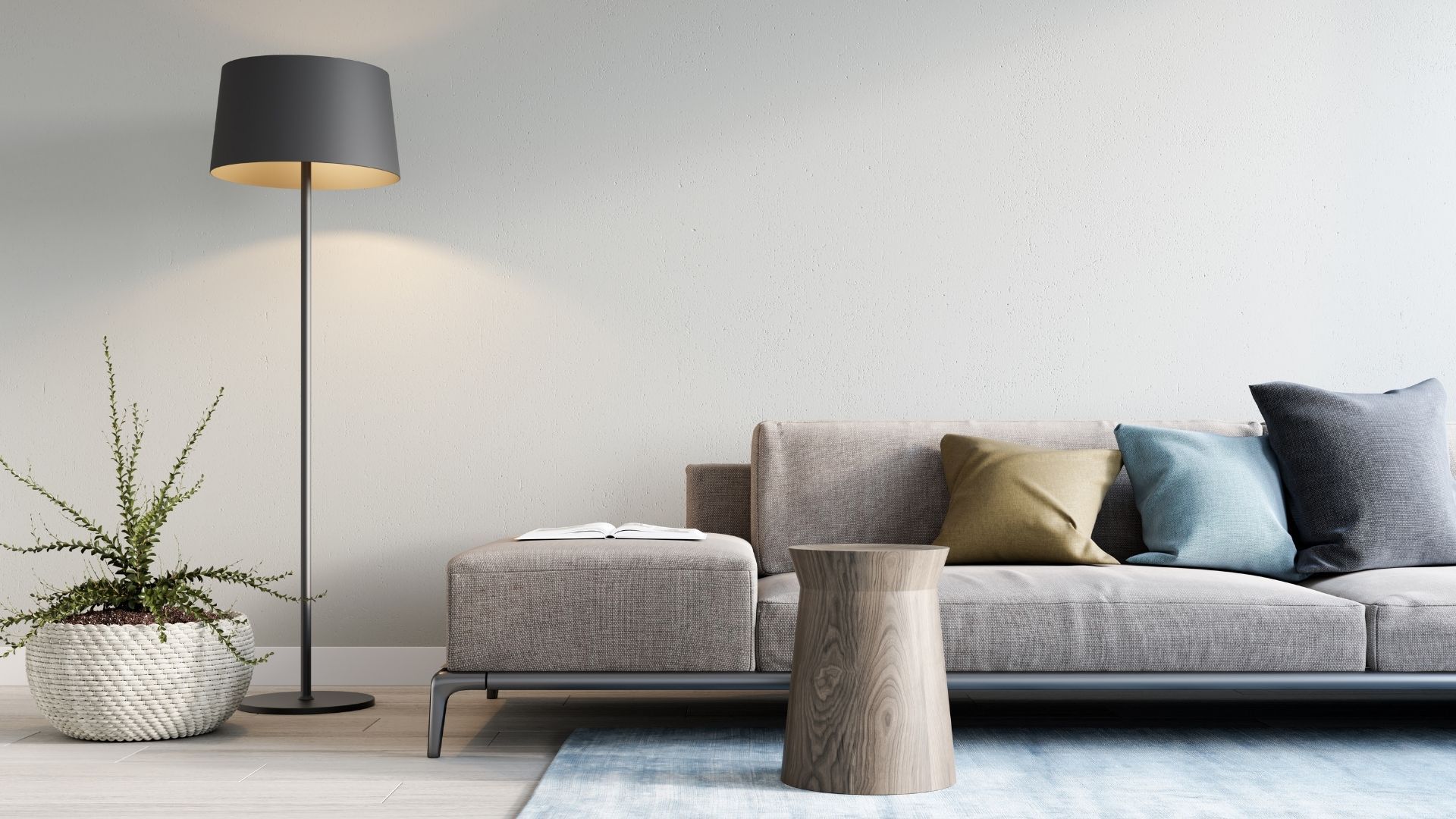A Guide to CMHC’s New 90% Refinance Program for Secondary Suites
Zach Silverman | November 4, 2024
With Canada’s growing need for affordable housing and rental options, CMHC’s new refinancing program offers a practical solution for homeowners to add secondary suites to their properties. By allowing refinancing up to 90% of the property’s value, with a 30-year amortization, CMHC aims to help homeowners generate rental income while increasing housing supply. This guide will break down how this program works, its benefits, and how Canadian homeowners can leverage it to build wealth.
A Guide to CMHC’s New 90% Refinance Program for Secondary Suites
Program Overview and Eligibility Requirements
Eligibility and Basic Parameters
The CMHC program, effective January 15, 2025, allows homeowners to refinance their properties up to 90% of the home’s value, provided the funds go toward building a legal secondary suite. This initiative specifically targets homeowners who want to create additional rental spaces, such as basement apartments or laneway homes. To qualify, homeowners must occupy one of the property’s units, and the total property value must remain below $2 million once the suite is built.
Why This Program is Important
The flexibility offered in the 30-year amortization structure means that homeowners can add valuable space without the steep monthly payments often associated with renovation financing. This will encourage more Canadians to invest in their homes, contributing to the national goal of increasing affordable housing.
2. Financial Flexibility: Lower Monthly Payments
How a 30-Year Amortization Helps Homeowners
One of the most significant benefits of this program is the extended amortization period. A 30-year amortization term helps homeowners lower their monthly payments, making it easier to manage cash flow as they work on building their new suite. For many, this financial breathing room can make the difference between completing a suite project or not.
Increased Accessibility for Moderate Income Homeowners
This lower monthly commitment is also ideal for moderate-income homeowners who want to boost their income through rentals but have been held back by traditional loan structures.
3. Leveraging Property Equity with 90% LTV
The Benefits of High Loan-to-Value (LTV) Ratios
Traditional refinancing options often max out at 80% LTV, but CMHC’s program increases this to 90% when financing goes toward a secondary suite. This allows homeowners to tap into a larger portion of their equity, minimizing the need for additional, high-interest financing like personal loans or lines of credit.
Wealth-Building Through Real Estate
By using existing home equity, homeowners can create a secondary income source, which not only increases the property’s value but also builds long-term wealth. This approach provides a path to building financial resilience through real estate.
4. Support for Sustainable Housing: Addressing the Rental Shortage
Building More Housing for Canadian Renters
Canada’s rental market faces high demand, particularly in urban areas where rental costs are rising. This program offers a sustainable solution by empowering homeowners to add rental units, increasing the overall rental supply.
The Impact on Communities and Local Economies
As more homeowners build legal secondary suites, rental options expand, helping communities retain residents and provide affordable living spaces. This program aligns with recent municipal zoning reforms designed to ease the construction of additional units in urban areas.
5. Building a Long-Term Revenue Stream with CMHC’s Support
Secondary Suites as a Source of Passive Income
For homeowners, adding a secondary suite provides a practical way to generate passive income. This additional revenue can be directed toward household expenses, debt repayment, or reinvested for further home improvements.
Financial Stability in Retirement
A secondary suite can be particularly beneficial for homeowners nearing retirement age, providing a steady income stream that can offset pension limitations or contribute to a comfortable retirement.
Conclusion: Building Wealth and Community with CMHC’s Refinance Program
CMHC’s new program is more than just a financing option; it’s a pathway for homeowners to contribute to Canada’s rental housing market, build wealth, and create a financially secure future. For homeowners looking to make the most of their equity, this program offers the flexibility, affordability, and support needed to build secondary suites effectively.
Actionable Takeaways
- Consult a Mortgage Expert: To maximize the benefits of CMHC’s program, speak to a mortgage professional about eligibility, LTV considerations, and other financing strategies.
- Review Local Zoning Laws: Ensure your property meets municipal requirements for secondary suites.
- Plan for Sustainability: Factor in maintenance and operational costs to ensure the suite is financially viable over the long term.
- Consider Future Value: Understand how a secondary suite can enhance your property’s overall market value.
- Act Promptly: Since this program launches in January 2025, start planning now to be among the first to leverage this new refinancing option.
If you’re thinking about adding a secondary suite to your home and want to understand how the new refinancing program can benefit you, our team at Silverman Mortgage is ready to assist! Contact us today for expert advice and let’s prepare you ahead of the program’s launch!





